When you look for books that might be a good fit for your English language learners (ELLs), it is important to take a well-rounded, thoughtful approach. Providing your students with a wide range of titles will enrich their literacy development and foster engagement.
And, as is often the case in working with ELLs, the better you know your students, the more informed your recommendations will be. Here are some tips to help you get started.
Finding Mirror & Window Books for Your Students
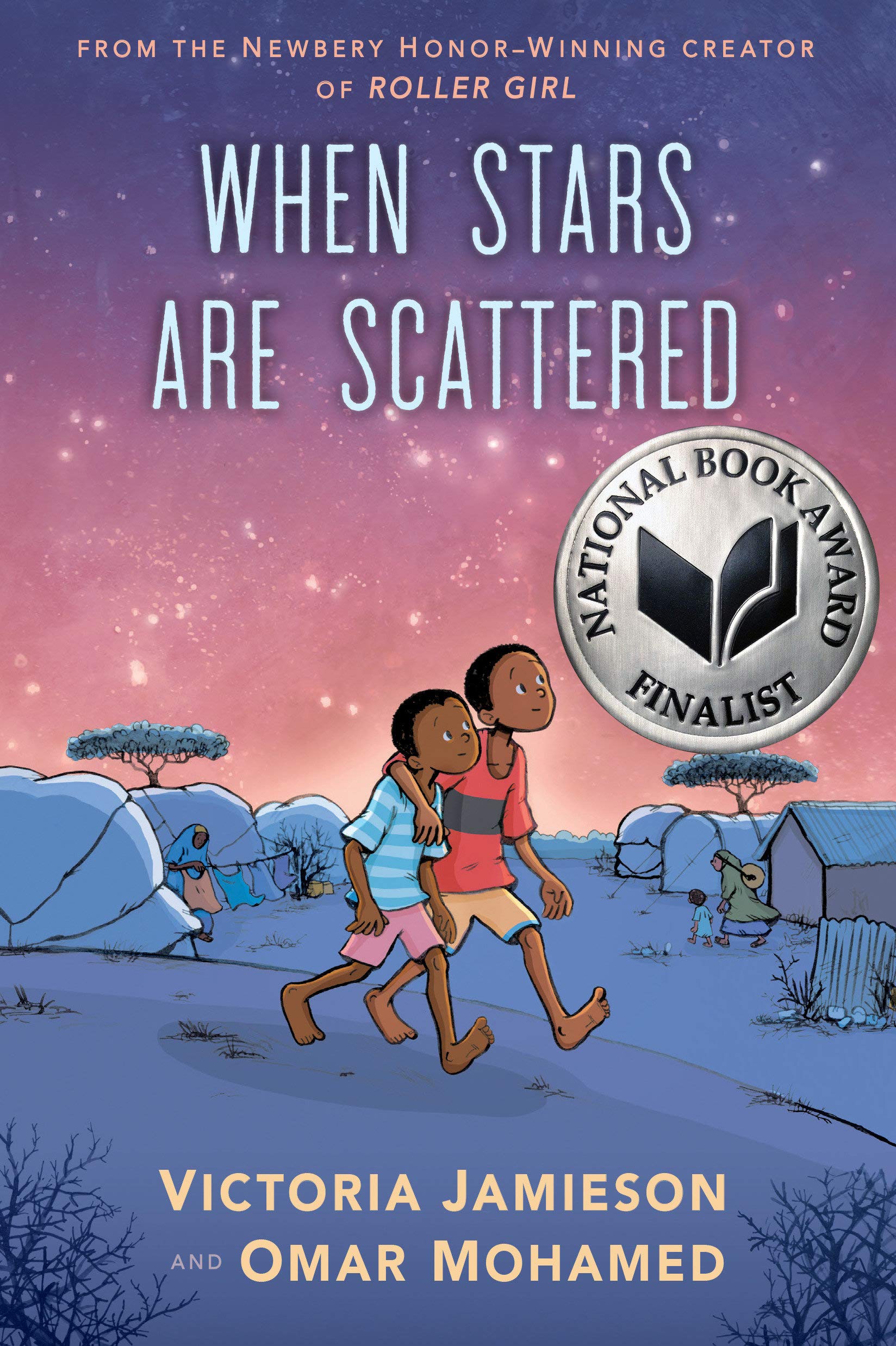
Image: When Stars Are Scattered by Victoria Jamieson and Omar Mohamed. National Book Award Finalist.
Mirror books are books in which students see their own identities and experiences reflected. Using mirror books is a powerful example of culturally responsive instruction, and in order to identify some authentic and relevant titles for your ELLs, you can try the following exercise.
Step 1. Find out your students' interests.
Use a student reading interest survey to learn about students' interests. You will find different versions of these online, but you can also make your own based upon this Sample Reading Survey. This is a helpful first step in getting to know students' various intersecting identities (i.e. personal, family, and social identity).
If you do use a survey like this, you can:
- ask students to fill it out
- send it home in students' home languages for families to complete with their children
- ask students to use it to interview each other
- use it for one-on-one conversations with students
Keep in mind
- Avoid any questions that might be deemed too personal by students or families, particularly when working with immigrant students.
- Make clear the purpose of the survey is to support your selection of books for the classroom.
- Making this inventory available in students' languages will maximize participation, particularly if you are sending it home.
Jorge Bermudez: Reading The Circuit in Fifth Grade
Teacher Jorge Bermudez talks about the impact that The Circuit had on him as a student and teacher.
Step 2: Compile the information you have collected.
Once you have gathered information from the surveys, develop a table with all your information. This should include information about students' backgrounds, languages, families, and interests. Consider other aspects of students' experiences as well, such as learning a new language or moving to a country.
You may also be able to find valuable insights and recommendations from others in your school community, such as:
- ELL colleagues
- school librarians
- reading specialists
- parent specialists
- cultural liaisons
Your colleagues may be able to offer more specific information about students' interests or prior successful book choices. These insights can provide a more holistic view of your students and this information can be added to your chart to support your book choices.
Note: Many immigrant and refugees have experienced trauma. Educators are encouraged to seek guidance in trauma-informed practices and should use care and sensitivity in discussing topics that may be traumatic. Learn more from the Dearborn video below as well as the from the following articles:
- Using a Strengths-Based Approach with ELs: Supporting Students Living with Trauma, Violence and Chronic Stress
- Addressing Student Trauma, Anxiety, and Depression
Step 3: Evaluate your classroom library.
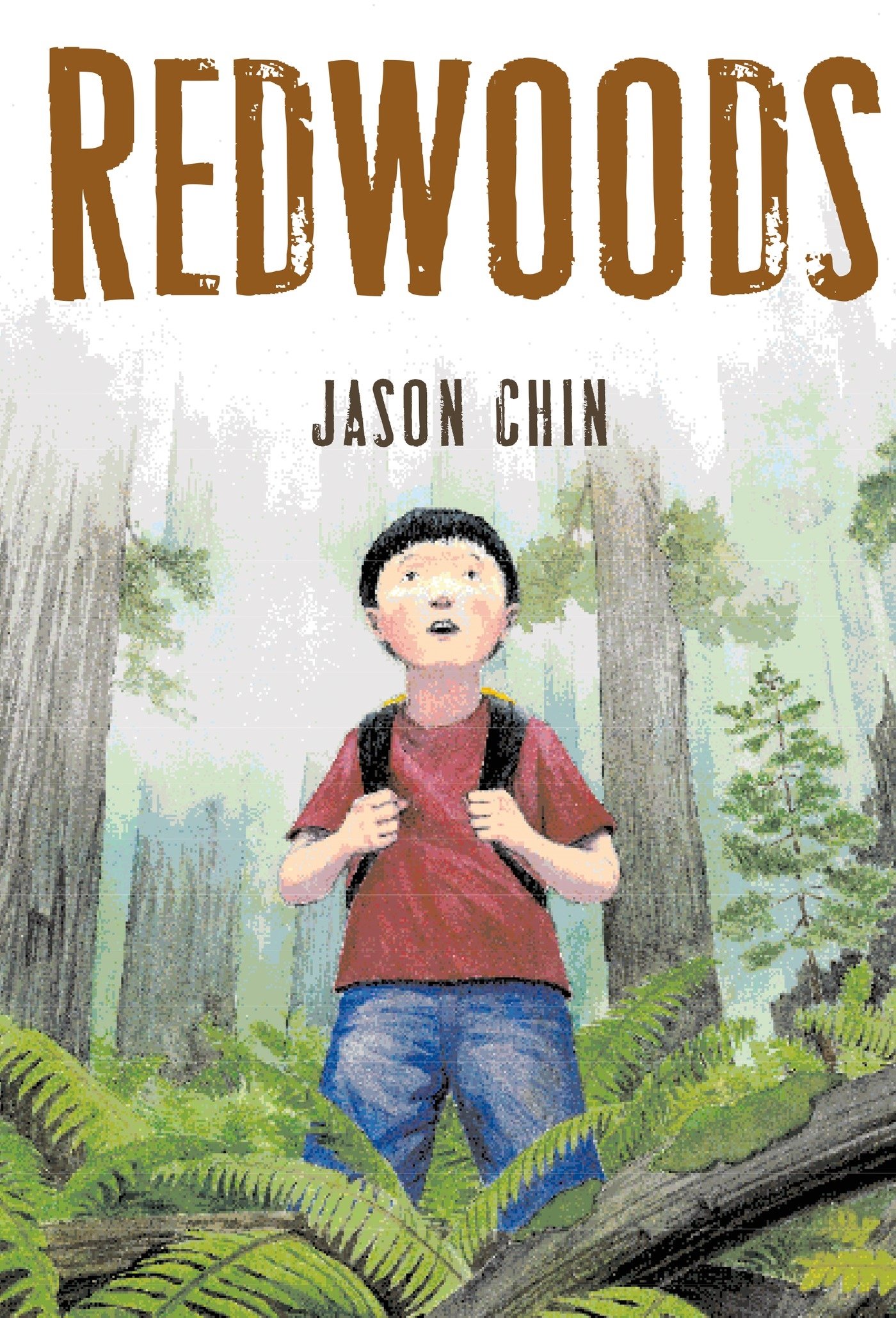
Redwoods by Jason Chin
Use your table as a guide to see:
- what you already have in your classroom library or school library that meets the needs and interests of your students
- areas where you may need to find more material
A good tool is Lee and Low’s Classroom Library Questionnaire which provides you with questions regarding your classroom library.
Related resources
- Choosing Children's Books: Cultural Relevance Rubric
- Culturally Relevant Books in the ELL Classroom
- Using Books About Immigration in the Classroom
Booklists
Step 4: Look for new titles.
Once you are ready to start looking for books, it is important to critically examine and consider the books that you select so you can recognize different aspects of students' identity in the classroom. You can also start thinking about adding window books, books that introduce students to other perspectives and experiences across the curriculum. ELLs may need some additional background knowledge when reading about new topics, and it's important that such background knowledge not be a barrier for students in accessing diverse books.
Finding books that are mirrors and windows for ELLs can have a significant impact. One way to support your efforts is to enlist the help and support of the colleagues mentioned above or contacts in your online network. Doing it as a team will lessen the load and also provide encouragement and support.
You can find additional book recommendations and resources in:
Step 5: Look for ways to include diverse books across the curriculum.

Classified: The Secret Career of Mary Golda Ross, Cherokee Aerospace Engineer by Traci Sorell, illustrated by Natasha Donovan
As you get more familiar with what kinds of books your students enjoy, you can find other ways to include more diverse books across the curriculum through options such as:
- biographies and memoirs of historic figures, scientists, mathematicians, authors, and artists
- graphic novels about historic events
- books that highlight cultural traditions and art forms
You Are Welcome Here: Supporting the Social and Emotional Health of Newcomer Immigrant Students
In this excerpt from Colorín Colorado's award-winning film You Are Welcome Here, middle school teacher Anna Centi in Dearborn, MI talks about connections her refugee students from Yemen made to Linda Sue Park's book A Long Walk to Water.
Finding Books at the Right Reading Levels
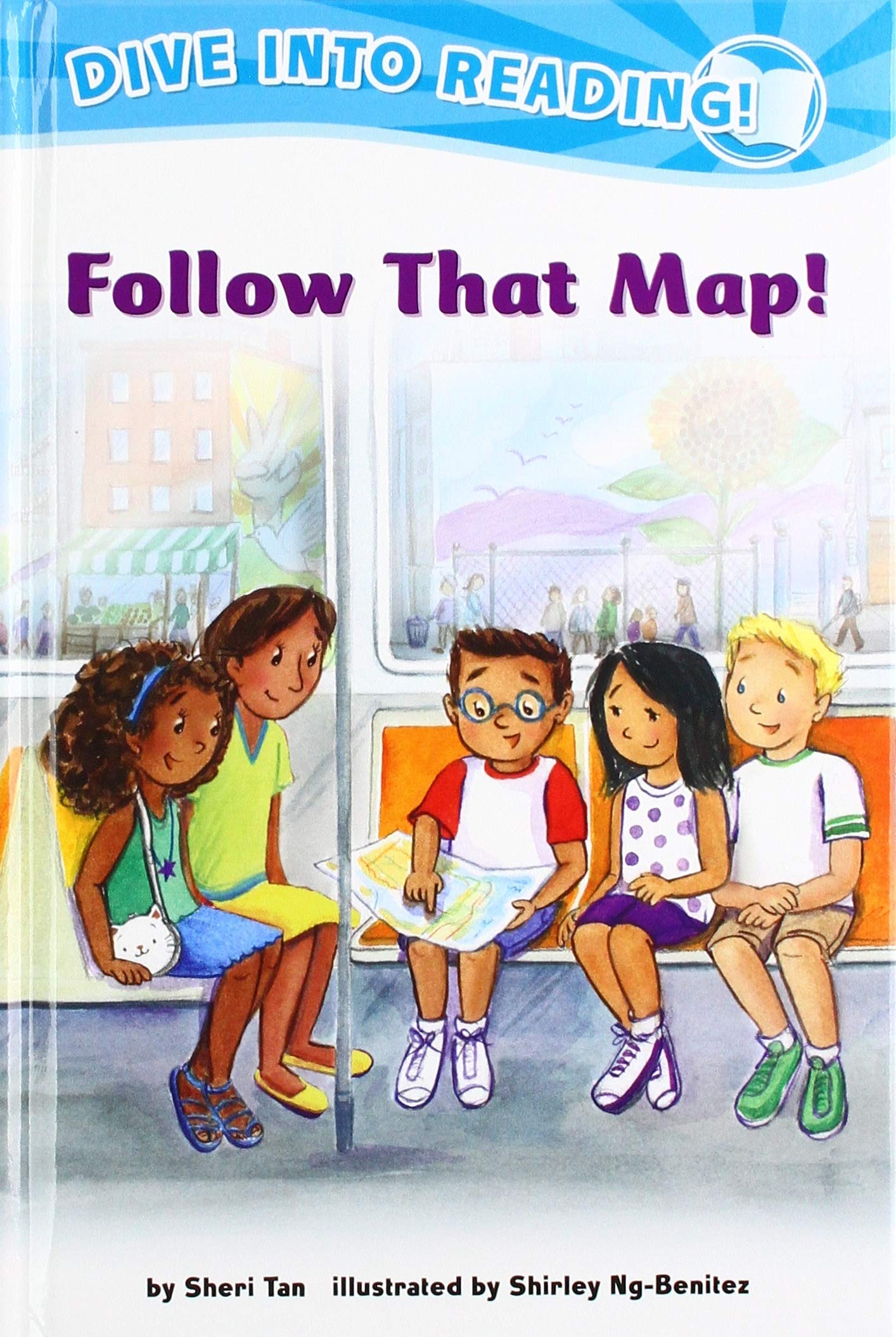
Follow That Map by Sheri Tan, illustrated by Shirley Ng-Benitez
In your search for diverse books, it is important to be mindful of your ELLs' language and literacy levels as you are choosing books. Books that pose overwhelming background knowledge barriers will detract from comprehension. At the same time, as teacher Anna Centi notes in the video above, students may be motivated to try more rigorous texts when they find a connection to the books they are reading.
Here are some ways you can incorporate that information into your choices.
Step 1: Get to know the tools and resources that can help you.
It's important to know your tools. For example, you may wish to connect with the ELL specialist at your school who can support you in understanding information about students' reading and language levels and also in evaluating the reading levels of texts.
It is also helpful to familiarize yourself with your state's English language proficiency level definitions (e.g., WIDA Performance Definitions) to guide your choices in terms of the type of language students can read with success. Keep in mind that a book in English may be at one level, but if you take the same exact book in a different language, it may be at a different level.
There are also many apps that will give you information about the level of the book by just scanning it. Some of these include Scholastic Book Wizard and Level It Books.
Step 2: Gather information about your students' language and literacy background.
There are a few pieces of data that will be helpful as you think about which books to choose, including your students':
- languages spoken at home
- English language proficiency levels in reading and listening
- reading levels in home language and English (such as lexile, guided reading, grade level reading level)
Keep in mind that students' literacy levels may be similar across their languages, or they may differ. You can find in-depth information on where to get this information in 10 Things You Need to Know About Your English Learners.
Step 3: Use this information to guide your choices.
Dr. Nancy Cloud, an expert in ELL literacy, shares the following tips for students at different proficiency levels.
For Entering/Emerging students:
- Keep vocabulary demands low. Look for redundancy in word usage and the use of familiar/high frequency language.
- Look for patterned and predictable text featuring authentic language.
- Look for strong visual support and not too much text per page. Consider layout and ease of processing.
- Hunt for books that match the background knowledge and life experience so students can make strong connections to the text.
- Seek out dual-language versions of texts (either both languages presented in the same text or two single language versions of the same text).
- Seek out dramatic presentations of books students will understand if read aloud — they still must meet proficiency characteristics of learners (as in Reading Rainbow now on Netflix, Amazon Prime, Hulu or the Skybrary App)
- Consider length of the text so lower proficiency learners do not fatigue before reaching the end of the text/chapter.
- Choose texts that readers will be interested in reading more than once that are culturally responsive and motivate speaking and writing.
- Read more than one text on the same theme or topic to build language and literacy skills while integrating new vocabulary and language patterns.
- Consider using wordless picture books.
For Developing and Above:
- Look for books with audio and video support (e.g. YouTube Read Alouds; edpuzzle, nearpod Read Alouds) so students can hear or view the books many times.
- Consider sentence length and complexity; make sure it's a good match to the language proficiency characteristics of your learners.
- Consider amount of new vocabulary (vocabulary demands) and frequency of words in use in the text, such as the amount of rare or specialized terms that ELLs may not know and will rarely have a need to use.
- Consider language demands such as use of figurative language, idioms, colloquialisms, etc.
- Consider book length. Read in sections or read chapter by chapter to ensure comprehension.
- Consider student interest, personal connections, and cultural connections.
- Consider background knowledge required for comprehension.
For additional information on reading instruction for ELLs, seeing Reading 101 for English language learners and our professional booklist on reading instruction for ELLs.
Using Bilingual Books

Side by Side/Lado a Lado: The Story of Dolores Huerta and Cesar Chavez/La Historia de Dolores Huerta y César Chávez
Students can also benefit from books that are available in their home languages, especially if they learned to read in those languages. Here are some tips for finding and using books in students' home languages.
Where can I find books in my students' languages?
There are many publishers who are creating books in multiple languages, which may be available in print or in digital formats. It is easiest to find books in Spanish, but it is possible to find titles in other languages as well (although sometimes they are more likely to be translations of popular mainstream titles). You may also wish to:
- ask other educators about options they have used
- learn about publishers in students' home countries to find out if they have books for children or e-books available
- learn more about international digital book collections, such as the International Children's Digital Library
In addition, you can start creating your own "library" of bilingual books by creating books with students and families featuring their stories, recipes, popular folk tales, and favorite songs. If the families are willing to share them, they can be used with other families.
Related booklists and publishers
- Bilingual Magazines for All Ages
- Bilingual Picture Books in English and Spanish: Hispanic Heritage
- Bilingual Picture Books: Stories Featuring Spanish Vocabulary Words
- Bilingual Books: American Indian Heritage
- Bilingual Books: Asian Pacific American Heritage
- My Family / Mi Families Series
- Publishers of bilingual children's books (WorldKidLit)
What is translanguaging?
Translanguaging is the recognition of the multiple languages that ELLs bring into the classroom. Specifically, it is an approach that recognizes that ELLs have a linguistic system that they are pulling from at all times to engage in classroom activities and to read books. Choosing books that include translanguaging can offer a mirror to students' authentic language practices. This can be done not just by choosing bilingual texts, but also choosing texts that include the characters in the story speaking multiple languages at a time (such as English text with Spanish words included) in ways that mirror the authentic language practices of your students.
The Guide to Translanguaging in Latino/a Literature from the CUNY-NYS Initiative on Emerging Bilinguals is one place to learn more about how translanguaging can be incorporated into classroom practices. It analyzes 32 books in grades Pre K-12.
How can I use bilingual books if I don't speak my students' languages?
Bilingual books are important resources that affirm the value of your students' home languages and also draw upon students' existing literacy skills. Although it may seem intimidating if you don't speak those languages, there are many ways to use bilingual books in your classroom.
- Include the books in your classroom library. Invite students to borrow the book to read individually in the classroom or share at home. You can ask students to share a short summary of the book with you or with a classmate after they read it.
- Invite another teacher, parent, or community member who is a speaker of that language to come join you in reading the story or to record a reading of the story.
- Look for a digital or audio recording of the book that can be played out loud.
- Ask students who are native speakers of the language to read those parts of the story. Always talk with the student beforehand and make sure they feel comfortable reading aloud in front of their classmates. Provide them with an opportunity to practice their parts, if they so desire. Avoid putting students on the spot since many students may not be comfortable speaking in their home language in front of others.
- Finally, if you wish, you can try practicing reading in the other language to show that you too are a learner. If reading it out loud, research correct pronunciation (use technology or ask a native speaker). Practice unknown words to you and write out phonetic spellings to support your reading. Don’t try and read the book without first previewing it, and don't make light of the way the language sounds. You can also ask students for support. Students love to serve as teachers and they will appreciate your taking a risk alongside them, as long as it is done with respect.
Pat Mora: Going Out of the Comfort Zone
Award-winning author Pat Mora describes a conversation she had with a librarian who talks openly about being intimidated by bilingual books.
What about translations of classics or popular mainstream texts?
Often, the easiest books in other languages to find are classic or popular texts that are translated from English into another language, such as Clifford the Big Red Dog, Harry Potter, and Diary of a Wimpy Kid. It is important to give students choice and encourage their reading across genres and formats.
However, if your goal is to increase the use of diverse texts, you want to be sure to include books that are reflective of your student population in your collection so that students find authentic mirrors and windows. This is an important consideration as you review your collection and books you may wish to add.
Activities in the Classroom and Beyond
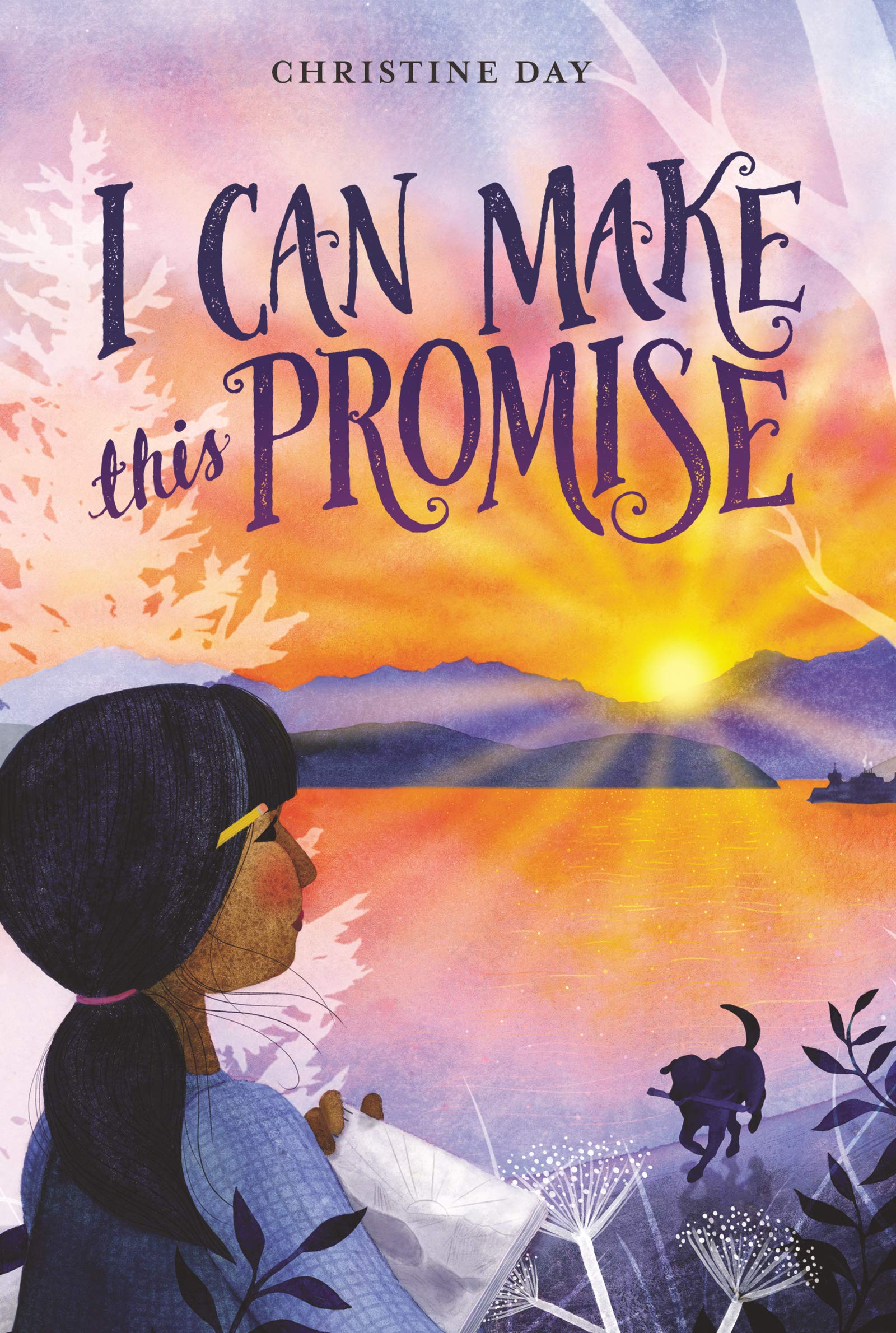
I Can Make This Promise by Christine Day (Upper Skagit), cover art by Michaela Goade (Tlingit)
There are many kinds of activities that can support your use of diverse books in the classroom with ELLs.
Book banquet: To familiarize students with different kinds of diverse books, you can hold a book banquet where students are provided with an opportunity to "sample" a wide range of texts and genres.
Setting up the classroom library: Have students sort books for the classroom library so they can learn more about genre and different titles.
Book talks: You can introduce your students to a wide range of books through book talks.
- Teacher-led book talks: You may wish to focus on a few popular mirror books, books that students have enjoyed in the past, or a particular topic or cultural group that is not currently represented in your library.
- Student-led book talks: You can also ask your students to give book talks on books they have enjoyed. Then have students create book trailers or compile student artifacts from projects related to one of those texts or the collection that can be displayed so students can see themselves represented in the curriculum.
Author studies: Author and illustrator studies allow you to:
- choose multiple book titles by the same author to explore with students
- compare books by the author with similar books by other authors that cover the same themes or variations of similar stories
Many authors have websites with biographical material available, and our Meet the Author interviews provide a rich archive of video that you can use in your classroom.
Using non-fiction books: Ensure students have a wide range of books that feature diverse stories and cultures in their informational text on topics such as:
- Biographies
- Country study
- Ecology
- Architecture
- Arts
- History
- Science
Collaborative reading activities: Finally, keep in mind that there are multiple ways that a student can "read" a book to foster discussion, such as:
- partner reading
- using a classroom tutor to support students in reading text
- sending the book home so it can be read with a parent or guardian
- reading it in small groups together
- using the book as a classroom read aloud (with appropriate scaffolding)
Bobbi Ciriza Houtchens: A book banquet
Learn about the activities that veteran teacher Bobbi Ciriza Houtchens uses to get her kids hooked on books!
Clara Gonzales-Espinoza: Organizing the classroom library
Learn how veteran teacher Clara Gonzales-Espinoza uses the opportunity to organize her classroom library to get kids thinking about genre.
Sylvia Acevedo: Rocket Scientist!
Sylvia Acevedo, a rocket scientist, technology executive and former CEO of the Girl Scouts, talks about her experiences overcoming others' biases about what she could do and why kids need to see themselves represented in the world around them. Sylvia's memoir is titled Path to the Stars: My Journey from Girls Scouts to Rocket Scientist.
Engaging Families Around Diverse Books
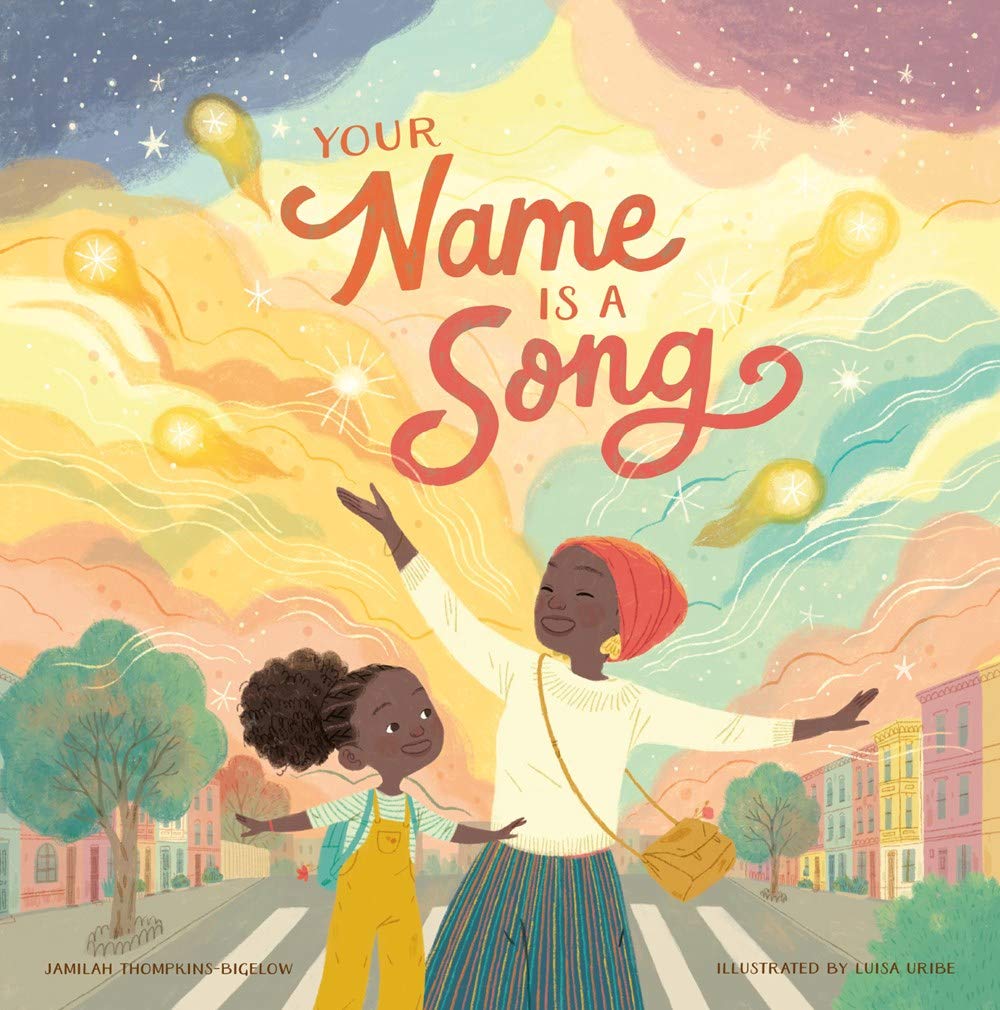
Your Name Is a Song by Jamilah Thompkins Bigelow, illustrated by Luisa Uribe
You can also get input from families on books and stories used in the classroom. For example, at the beginning of the year, you might send out a welcome letter sharing your goals for students and invite families to share their own goals for their students. This letter can also be a space for families to share the types of stories they orally share or read with their children. It is important to share with families the books you are using and the thematic topic you may be covering and ask them for other ideas. They may have a story they are willing to share related to the topic.
How can I encourage family engagement?
All families have stories that can be shared, but many times families might not see their stories as having value. This is why communication with families is key. For example, during a first-grade community unit, Dr. Sandra Osorio asked some of the newcomer immigrant families to share why they had chosen to settle in their town. Several families came into the classroom to share their stories. For those who wanted to share, but couldn’t make it to the school, Dr. Osorio visited and video recorded them sharing their stories. This practice of inviting family stories became a norm in the classroom and therefore many special stories were shared throughout the year.
You can also invite families to share favorite folk tales, family stories, songs, poems, and nursery rhymes — and, as noted above, to read aloud in other languages and help create bilingual stories and books for the classroom.
Lucía González: The stories that our families share
Closing Thoughts
There are lots of ideas here, but remember you don't have to try them all at once. As you begin to become more familiar with different kinds of diverse books, you will learn more about what your students find appealing. The important thing is to not limit what students have access to by topic, reading level, or format — their new favorite book may be just around the corner, or already sitting on a shelf nearby!
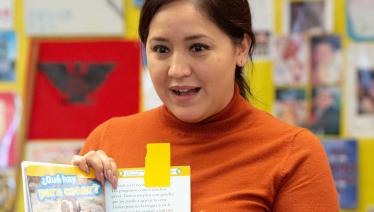
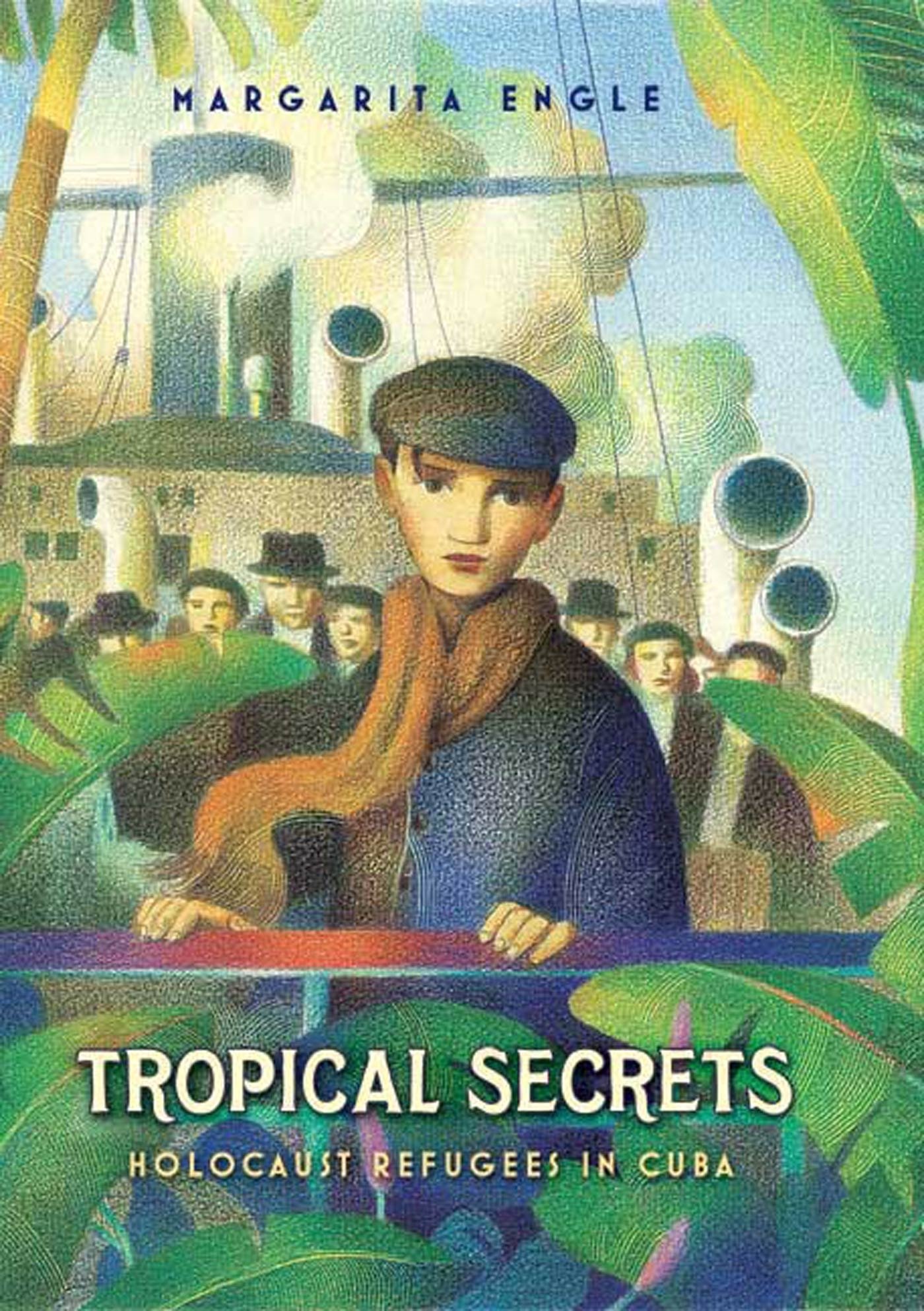 What should you consider when choosing books for English learners? Learn more about some of the factors that can make a difference, including students' interests and experiences, reading levels, and language proficiency levels. This article is part of our guide to
What should you consider when choosing books for English learners? Learn more about some of the factors that can make a difference, including students' interests and experiences, reading levels, and language proficiency levels. This article is part of our guide to